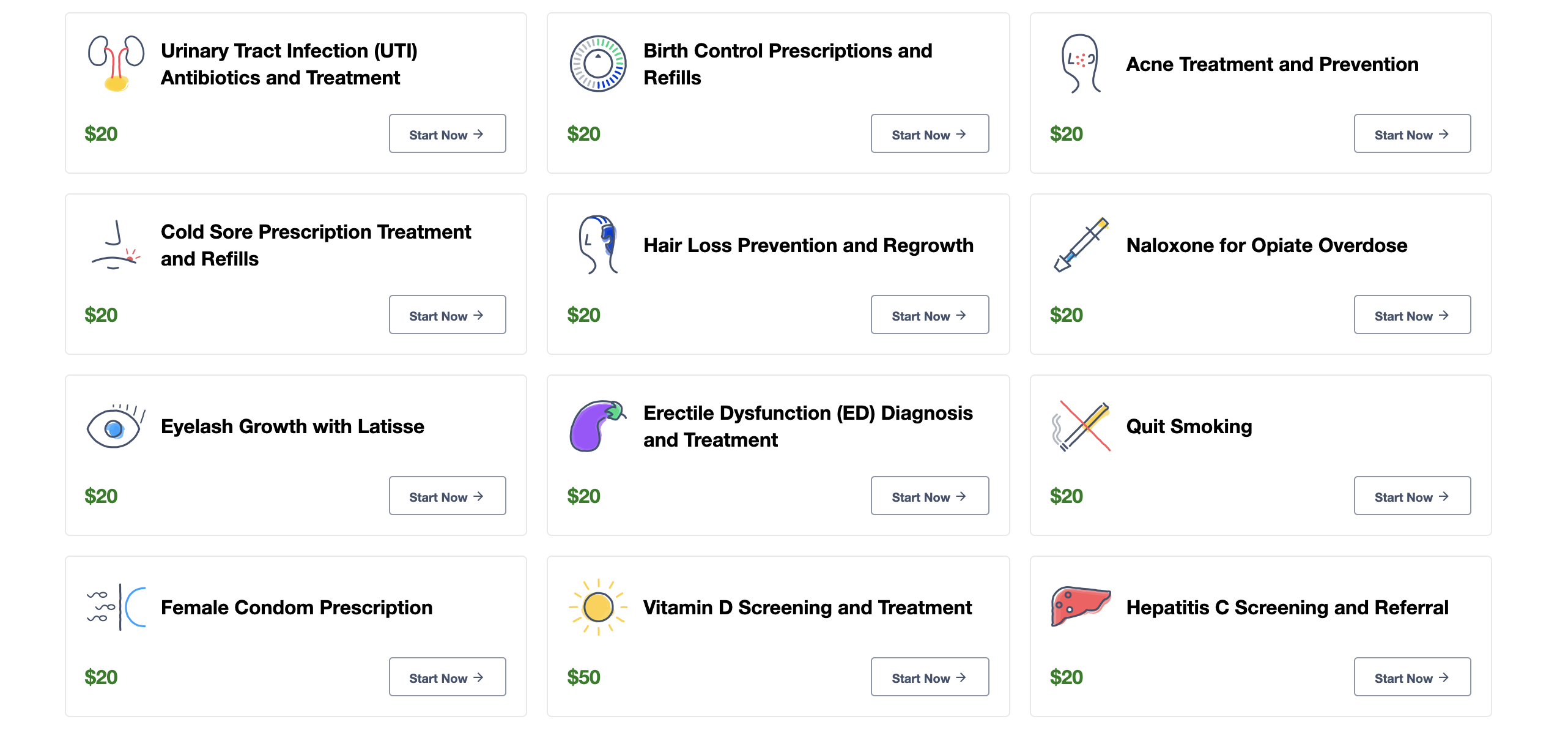When the news hit Monday that Qualtrics was being acquired, it wasn’t exactly surprising. SAP never seemed enamored with the company in spite of spending a hefty $8 billion to buy it in 2018. It took the German software giant just two years before it decided to spin Qualtrics out again as a separate company. After years of expecting it to happen, Qualtrics finally went public in 2021.
While Qualtrics was operating as a separate company with its own board of directors, budgeting and ability to set its own direction, SAP was still the power behind the throne, controlling a whopping 71% of its stock.
SAP always seemed to have some buyer’s remorse when it came to Qualtrics. It was hoping to get a dose of cloud savviness and access to crucial customer data, two things that Qualtrics easily provided, but the two companies never appeared to quite fit. Acquired when Bill McDermott was still SAP’s CEO, it’s possible that his replacement, Christian Klein, didn’t feel the same affinity for the company.
Whatever the reasons, the company began shopping Qualtrics at the end of January. That decision helped boost the value of the controlled company. The best offer it received for Qualtrics came to around $12 billion from a collection of buyers including Silverlake and the Canadian Pension Board. Considering SAP’s 71% stake, its cut of that dollar figure comes out to around $8.8 billion, basically the price it purchased the company for in 2018 and not much more.
Qualtrics filed an 8-K form with the SEC over the weekend, reporting the parameters of the deal, including that Silverlake and its investment partners offered $18.15 per share. That number represents just a 6% premium over Friday’s closing price, per the Financial Times. (Note, however that Qualtrics already saw appreciation after news of its potential sale was announced earlier in the year; a sale was already priced-in.)
It’s also worth noting that this is not a done deal, although it feels unlikely that anyone will come along and beat the number on the table. Regardless, we wanted to look at this price and determine, is it fair? Is it as low as it feels at first glance? Let’s dig into the numbers and find out.
Fair or unfair
To answer our question regarding the potential sale price for Qualtrics, and whether it’s being sold on the cheap, we’ll need to interrogate its pre- and post-announcement value. While the premium over Friday’s close wasn’t large, it begins to look much better if we extend our time horizon.
Is $12.4B a fair price for Qualtrics? by Ron Miller originally published on TechCrunch


